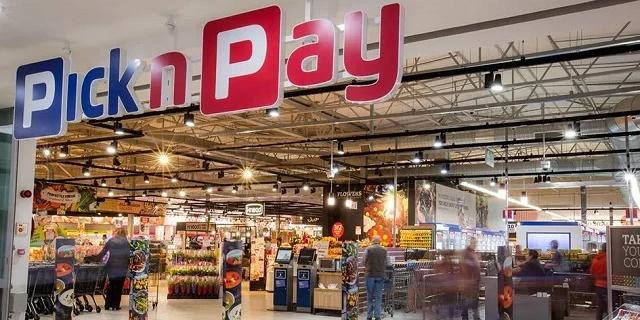South Africa : Pick n Pay and other stores are now replacing bank branches in South Africa
- 18 April 2022 / News / 536 / Fares RAHAHLIA

South Africa’s major banks are increasingly leveraging existing non-bank infrastructure to broaden their customer reach in an efficient and affordable way, a new study by Genesis Analytics and the Financial Sector Conduct Authority (FSCA) shows.
Genesis Analytics noted that retail stores have become increasingly popular as a distribution channel for banks. This is because they typically have a wider footprint than banks’, allowing banks to reach communities where it may not be viable to operate a full branch.
Partnerships between banks and retailers such as Tyme Bank and Pick ‘n Pay, and Absa and Pep stores have also become common, while individuals are using retail stores to perform transactions such as cash-in and cash-out.
“In 2021, the number of individuals using a retail store for banking transactions stood at 35%.76 While a slight decrease from retail store usage prior to the pandemic, this trend continues to be driven by the increasing number of partnerships between banks and retailers to extend service provision beyond bank branches.
“An example is Tyme bank has no bank branches but uses a partnership with the supermarket chain Pick ‘n Pay and Boxer which has enabled the bank to offer a nationwide service network and expand customer access to physical banking services beyond traditional banking hours in instances where stores are open after 17h00.”
Customers can also open an account at kiosks within the store and can execute over-the-counter (OTC) transactions at tellers and point-of-sale (POS) terminals.
The death of brank branches?
By comparison, it is clear that banks have introduced new technologies with the aim of reducing the dependency on bank branches.
“For more than a decade, digitisation and a move to customer self-service has been a strategic focus for South Africa’s largest banks.
“Banks have introduced banking apps and improved digital payment options and implemented next-generation ATMs that allow customers to do a wider range of transactions, with the aim to reduce the dependency on bank branches.”
The Covid-19 pandemic further accelerated the rate at which businesses and consumers adopted technology for transactions, particularly in the payments space where many customers preferred to transact with card over cash; and tap-and-go card transactions increased significantly.
However, banks cannot go completely digital as yet. Historically, banks’ digital strategies have been focused on applications and internet banking; however, investment in USSD technology has also developed to reach lower income customers.
In the past, banks have focused on the development and roll out of banking through apps accessed on smartphones and internet banking platforms accessed on computers or tablets.
However, the FSCA has increasingly focused on access provision through Unstructured Supplementary Service Data (USSD) to ensure that all customers are served, particularly low-income groups that may be excluded based on smartphone or computer ownership.
For low-income customers, high data costs required to access banking apps and internet banking is a further prohibiting factor.
In its latest financial results, Capitec noted that its branch network remains a fundamental part of its business as it enables us to provide a client-facing personalised service. The bank currently has 853 branches around thr country, four fewer than last year.
However, as digitalisation increases, branches become more focused on sales and financial education, the bank said.
source: businesstech
 English
English
 français
français
 العربية
العربية







